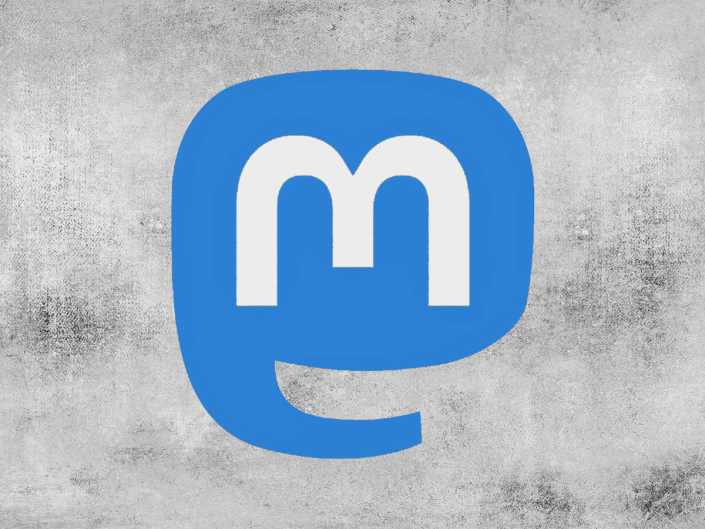
Elon Musk has been in charge of Twitter for a week, triggering a collective freakout among many of the sites’ prominent users as well as calls for a mass migration to other social media sites.
One of the most talked-about Twitter alternatives suggested in recent days is Mastodon, a social platform that began in 2016 but never saw mass adoption by the public.
Mastodon’s UI has some similarity to Twitter, including a timeline filled with generally text-heavy user content. Unlike Twitter, Mastodon prioritises posts by time rather than Twitter’s algorithmic attempts to show users what it thinks they want to see. Otherwise, the site includes hashtags, user tagging, photo and video uploads, and other features Twitter users will recognise.
Perhaps the most important feature of Mastodon that sets it apart from Twitter are its “federated” servers, allowing users to pick user-run servers that they think will best provide the content they want to see.
While individual users exist on specific servers, anyone can look up any other account on the platform. It also has no ads, uses open-source code, and is fully run on crowdfunding.
The benefit of these federated servers is that users can pick the level of moderation they want for their Mastodon experience. Users that want tight control on content and comments can find it, and users that less control can find it as well.
A downside is that users can potentially lose their accounts without notice if a server owner stops supporting the server or otherwise “self destructs,” in the parlance of Mastodon.
Account backup tools are available for users to employ to archive their accounts in the event of such a shutdown, but its unclear how many users moving from Twitter would regularly utilise the tool. Some servers provide their own means of backing up accounts, but the onus is on the user to join a server offering those tools.
Mastodon’s initial learning curve has presented a challenge for some Twitter users attempting to switch, but many who’ve made the move have said they felt it was worth the time investment.
Some Twitter users are seeking an alternative in light of proposed changes coming to the platform under Mr Musk’s ownership, including a requirement to subscribe to the new “Twitter Blue” for $7.99 a month in order for accounts to retain their verification checkmark.
”$20 a month to keep my blue check? F*** that, they should pay me. If that gets instituted I’m gone like Enron,” author Stephen King wrote prior to the Twitter Blue announcement. Mr Musk then asked him if he would pay $8 a month to stay.
Actor Jason Alexander also balked at the requirement to pay for his verification and suggested he would leave the platform if that was the case.
Other users are afraid that, in light of Mr Musk’s mass layoff of Twitter employees, that the site’s functionality will suffer and that moderation on the site will collapse, resulting in an uptick of hate speech and targeted harassment.
“I feel torn about Twitter. On the one hand it’s always interesting & I’ve made loads of friends whom I’d never have met otherwise. On the other it’s now in the hands of someone I can’t respect, & it may be open to all sorts of hate-speech,” John Simpson, a verified user and journalist, said.
NBA superstar LeBron James responded to a Washington Post report that found the use of the “N-word” slur increased by 500 per cent after Musk purchased Twitter, saying he hopes the site takes it “very seriously.”
Immediately after Mr Musk bought Twitter, a number of accounts began posting racial slurs and other hateful content in celebration. Some users have also expressed fears that Mr Musk will allow banned users back on the site, including former President Donald Trump.
Mr Trump said he would stay on his personal social media platform, Truth Social — which closely resembled Twitter — even if he is invited to return to Mr Musk’s version of the microblogging platform.
